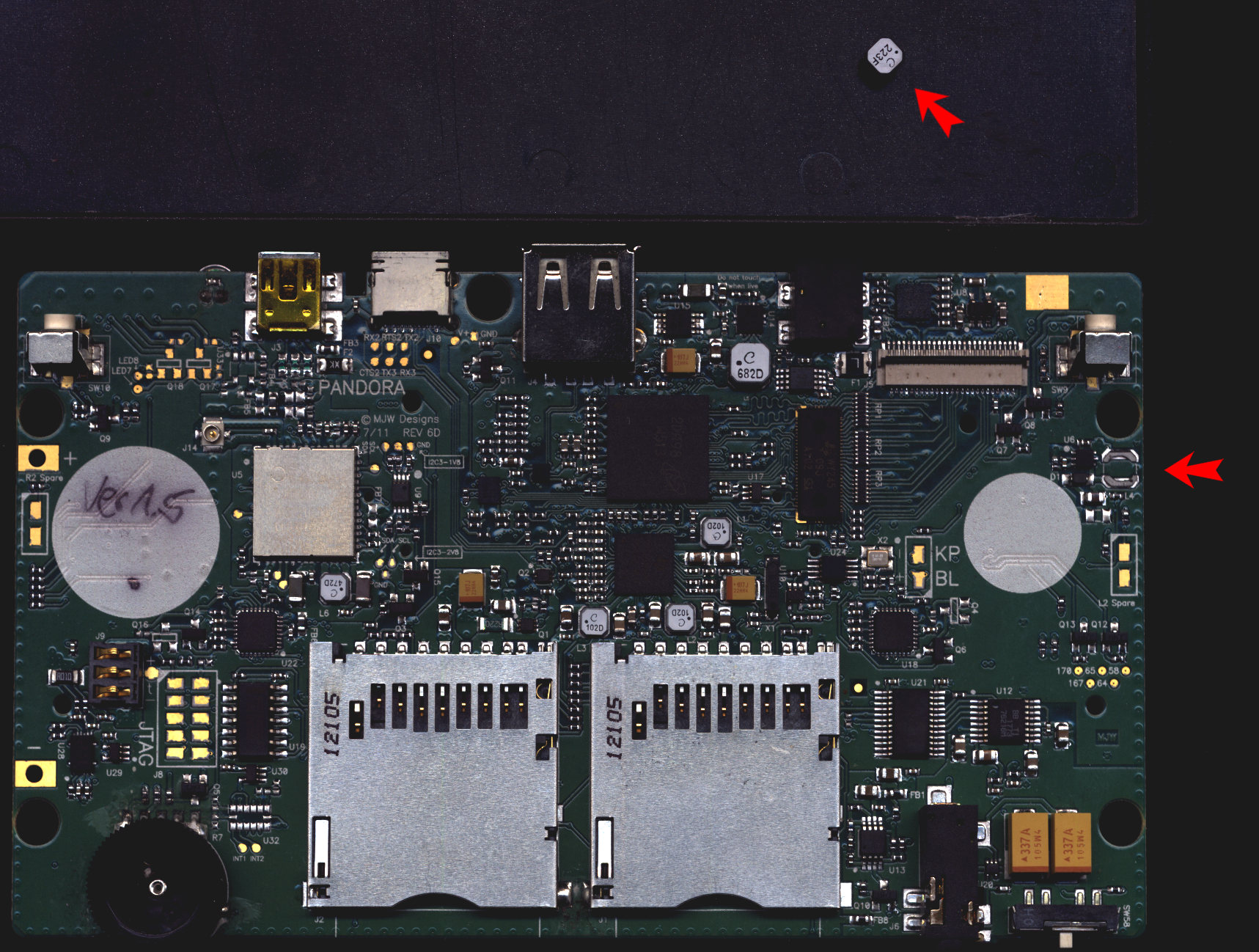CyberLeo
Member
- Joined
- Jun 29, 2011
- Messages
- 31
Hey ED:
Is this fixable?

If it's not, can you sell just the naked board?
For a little background, I was lifting my GHz Pandora off a desk and it slipped out of my hand. The floor was kind enough to catch it for me, but the backlight stopped working. Nubs too, apparently. Opened it up to find this.
Thanks!
Is this fixable?

If it's not, can you sell just the naked board?
For a little background, I was lifting my GHz Pandora off a desk and it slipped out of my hand. The floor was kind enough to catch it for me, but the backlight stopped working. Nubs too, apparently. Opened it up to find this.
Thanks!
Last edited by a moderator:


